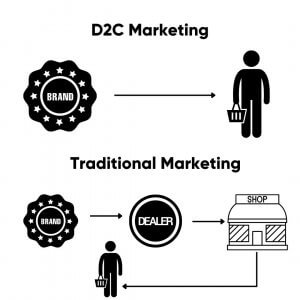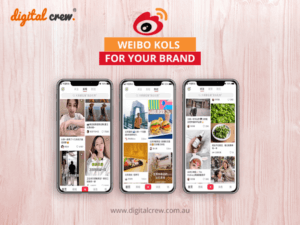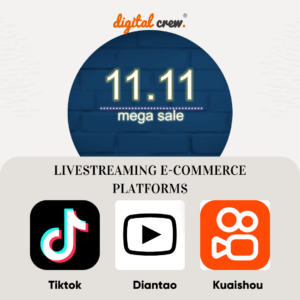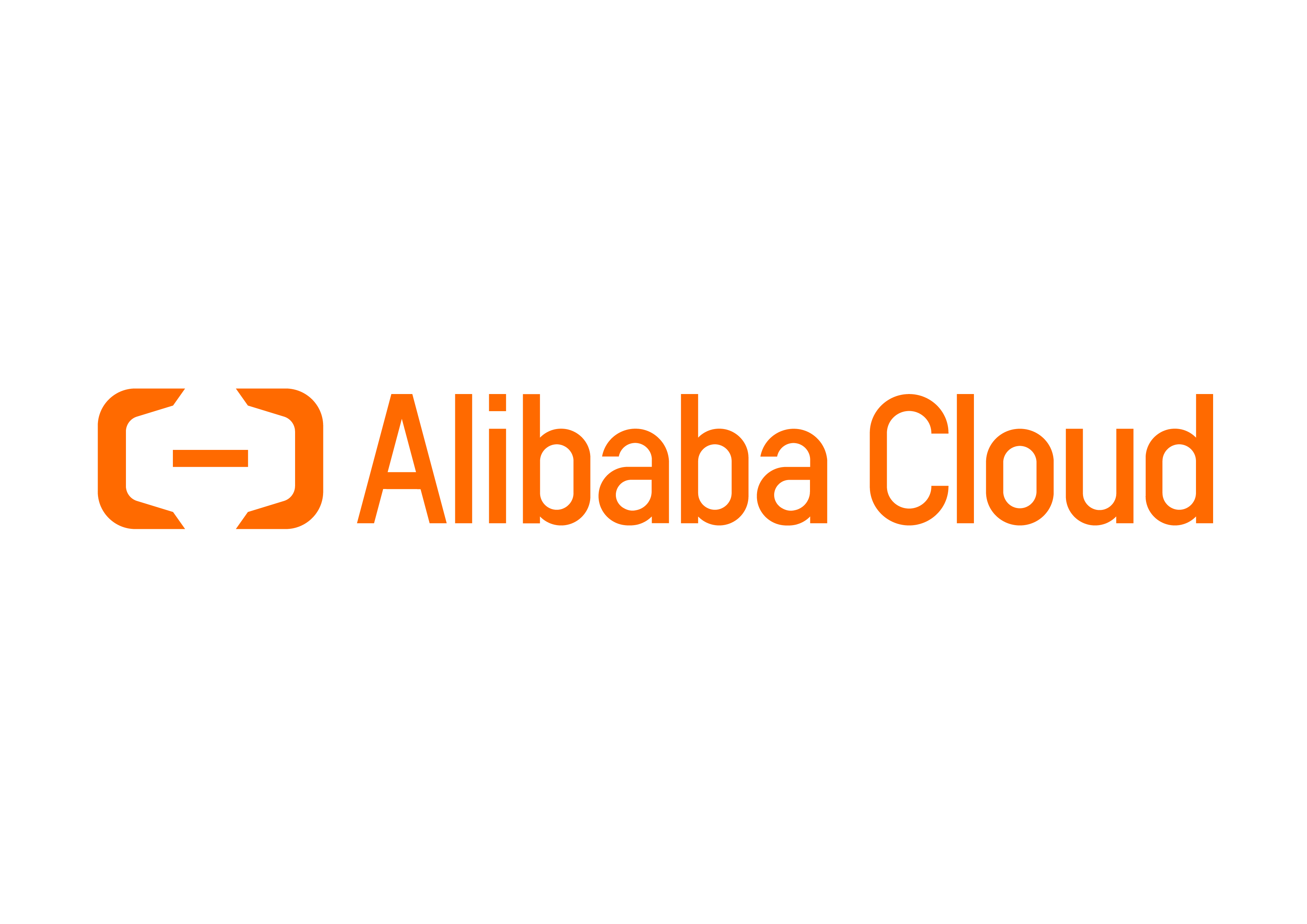Weibo and WeChat dominate the social media landscape in Chinese society, especially with Facebook, Twitter, Google and YouTube being blocked from use. Westerners might find the names Weibo and WeChat rather similar, and even get the two muddled, but for marketers working to reach Chinese audiences, it’s important to understand the differences between the two platforms and how they are used.
Weibo is a microblogging network, a bit like Twitter if we must have a Western comparison. In fact, the word ‘weibo’ translates as ‘microblog’. It has around 573 million monthly active users, and over 400 million businesses on board, with the bulk of its revenue coming from advertising and marketing. The majority of Weibo users are young, with 30% being under the age of 20. Approximately 48% of users are between the ages of 30 and 39. Males outnumber females roughly 47:33.
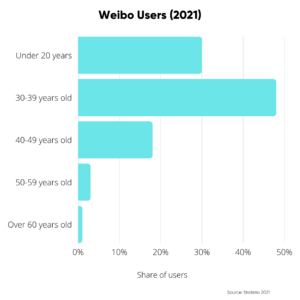
People use Weibo to connect with friends, find news and information from trustworthy sources, research brands, share experiences and check out reviews.
It is generally considered easier to broadcast messages to a wider audience on Weibo compared to WeChat. Weibo users are not restricted to China. There are thousands of registered users from Europe, the United States, and other parts of the world. Over 500,000 Weibo users are estimated to exist in the United Kingdom alone.
Some features of Weibo include:
- It operates on a ‘one-to-many’ basis where one person or company may have many followers.
- Messages and advertisements are more public on Weibo than on WeChat, and are more likely to go viral.
- It allows thumbnail pictures and media to be used with posts.
- Users are more able to view the activities of people they are not necessarily connected with.
- Post with a maximum of 2000 characters (the first 140 characters are visible with a ‘See More’ option). Include up to 9 pictures per post.
- It allows for scheduling of posts at different intervals.
- Makes use of hashtags around topics / subjects. You can even own a hashtag
- It is used as a source of news and information on products, services, places to visit and so on.
- The platform is used by key opinion leaders (KOLs) – trusted experts on specific topics, often with a large following. This means users may be drawn to a product or service as a result of a recommendation by a KOL
- It can be used on desktop or mobile. Mobile accounts for 94% of Weibo monthly active users.
- It comes with analytics so marketers can measure the effectiveness of campaigns
- Make payments within Weibo using the Weibo wallet. Join forces with Taobao to enable social commerce within the app.
- Live Streaming – only limited to influencers, with the option for viewers to directly buy during a livestream
- Share videos, which is now preferred by the algorithm
You can register for Weibo online or via the smartphone app.
WeChat has about 1.27 billion monthly active users across all age categories. The ’24-and-under’ demographic, which accounts for 33.5 % of WeChat users, is the largest. It has been compared to mobile Facebook, although the closest Western analog may be WhatsApp — the smartphone messaging app.
People use WeChat to stay up to date on news and information about products, travel locations, and experiences, as well as to communicate with friends.
WeChat has 19 million users in the United States alone. According to a Tencent survey, internet users over the age of 50 prefer to use WeChat. Despite their age, 98.5% of those polled said they had no trouble utilizing the messaging tool.
Some features of WeChat include:
- It is used on mobile phones rather than on desktop.
- It is largely designed for chatting, conversing and relationship building. WeChat is the top messenger app in China
- WeChat is more private in nature than Weibo – facilitating one-to-one connections, with one-to-many connections being on a much smaller scale than Weibo.
- It comes with a number of free apps.
- The platform can be used to create brand stores.
- It has limited visibility compared to Weibo, which may make it harder to get a big following. However, it allows for more in-depth content and discussion, targeted marketing, and possibly also a more loyal following. It may also facilitate a more personalised service and higher quality of customer care.
- Marketers may be limited in the number of posts they can publish each day or week, depending on the type of account they have.
- Comes with the ‘Moments’ feature for private conversations between friends, where even comments by non-connections are not visible
- An overwhelming majority (90 %) of the 20,000 users polled claimed they prefer WeChat to alternative workplace communication options.
- There are almost 40 million stores in China that accept WeChat Pay transactions.
- WeChat mini-programs have over 400 million daily active users. Mini Programs assist entrepreneurs in digitization and providing access to millions of WeChat users amid government-imposed lockdowns.
In order to market on WeChat, you need an official account to which interested users can subscribe to. Providing high quality relevant content is important to maintain your subscribers. WeChat business accounts are classified into three types: subscription accounts, service accounts, and enterprise accounts (also referred to as WeChat Work). It is vital to know that foreign companies can only register for a Service account.
The key difference between the two
Weibo is essentially more open, rapid, and visible. Marketers concentrate their efforts on lead generation and influencer marketing. Weibo is accessible via mobile and desktop.
WeChat, on the other hand, is more private and relationship-oriented, which may make it better suited for targeted marketing and building a long-term loyal following. Marketers are concentrating their efforts on article buyouts, moment advertising, and HTML5 interaction landing pages. WeChat is only available on mobile phones.
Whether you use one or both for marketing depends on what you want to achieve. To find out more about which platform might be right for your marketing efforts, feel free to contact one of the highly experienced team members in our China Online Marketing division.









